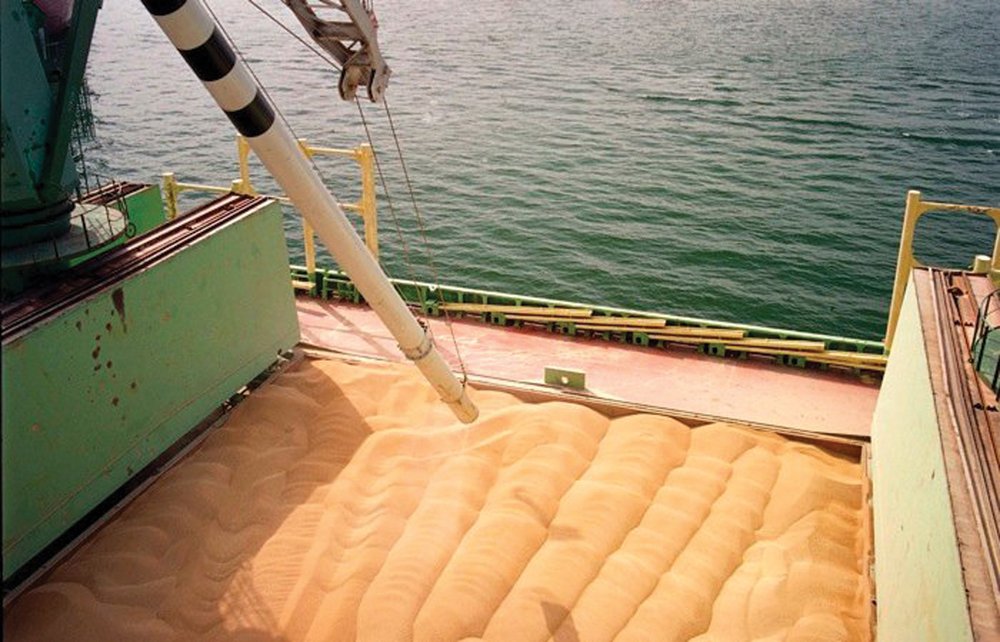The key to saving the 100 or so country grain elevators still standing in Alberta is preserving their stories, says Hans Huizinga, a heritage restoration consultant.
“The elevators themselves are no good without the stories,” said Huizinga, noting the Prairie sentinels and their operators generated countless tales of pioneer living and commerce.
“You can have a beautiful house and look at it as an icon and say, ‘This is wonderful.’ But unless you know who lived in it and who did what inside, it doesn’t really become a true story. It’s the stories that help promote humanity along the line.”
Read Also

Moo translator and methane measures: There’s an app for that
Dalhousie University researchers use artificial intelligence to create new dairy farm apps that analyze cattle sounds and measure methane.
For the past 15 years, the 76-year-old Edmonton native has led preservation efforts in Alberta to save the dwindling number of grain elevators, which in 1934 numbered almost 1,800. Huizinga acquired his burning passion for the structures when he spearheaded efforts in the late 1990s to preserve St. Albert’s last two grain elevators. When the Prairie sentinels fell like dominoes in the early 2000s, he founded the Alberta Grain Elevator Society, a group with a mission to promote the history, preservation and development of the historic structures.
- From the Manitoba Co-operator: Inglis Grain Elevator Row nationally recognized
Now the society’s president, Huizinga and 25 other grain elevator enthusiasts from across the province gathered in Nanton — home to a trio of preserved grain elevators at the Canadian Grain Elevator Discovery Centre — in late June for the society’s 12th annual general meeting. The meeting’s theme was “Expanding Our Horizons,” and attendees got an update on preservation efforts, heard from a leading heritage architect, and exchanged details on contractors with expertise on heritage restoration and government funding.
“The groups that are working right now — be it Radway, Nanton, or Leduc — realize we are on our own,” said Huizinga, noting provincial government financial support comes with strict guidelines. “We have got to renew what we have from the old folks who remember and keep the memory going with younger folks because we are preserving them for future generations.”

One of those “younger folks” is Jason Paul Sailer, a 30-year-old Lethbridge architectural technologist who is trying to preserve the 89-year-old pioneer elevator in Wrentham.
“Growing up on the farm near Elkwater, my dad and I always took the grain to the elevator in Irvine,” said Sailer, now a board member with the society. “Driving around you would see what town you were heading to by looking for the elevators. I go back to these places today and 90 per cent of them are gone. It makes you sad.”
Sailer’s sorrow for the province’s disappearing icons is shared by Drumheller’s Jim Pearson. A leading authority on grain elevators in Western Canada and author, Pearson praised the society for its dedication.
“It does give me hope,” said the 52-year-old Pearson. “At least we have a group of people trying to get something done, to get some saved or work done on them.”
















